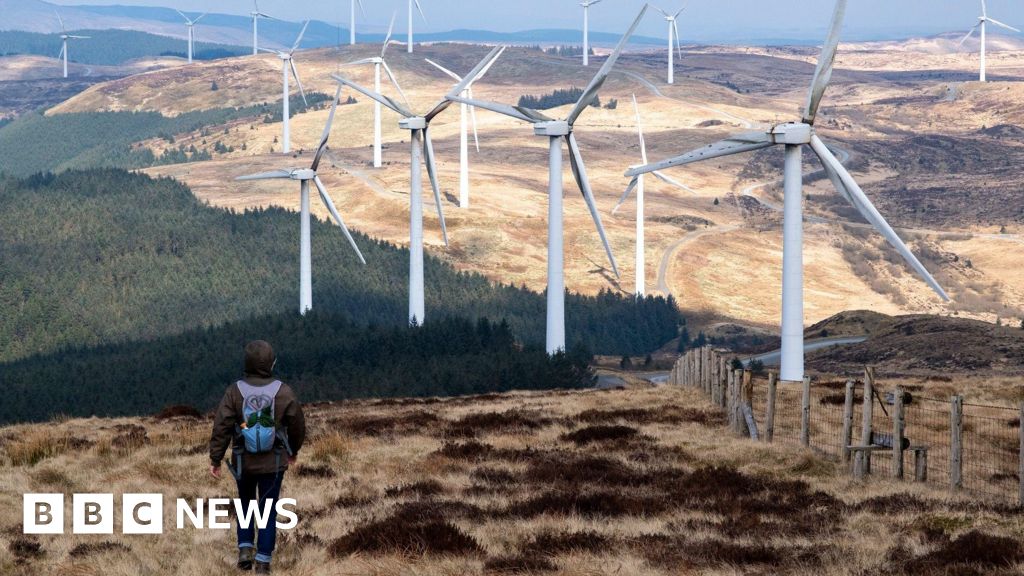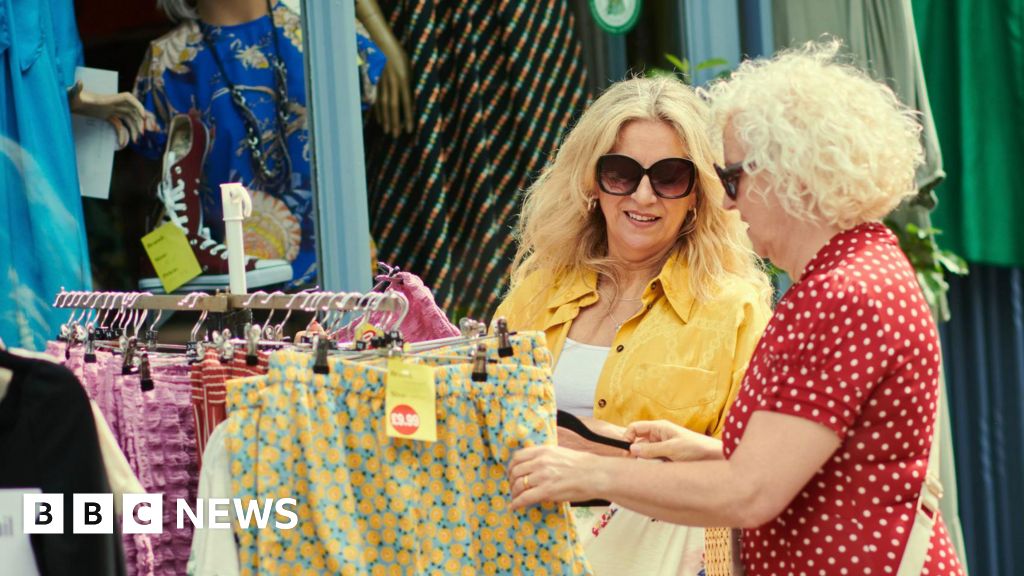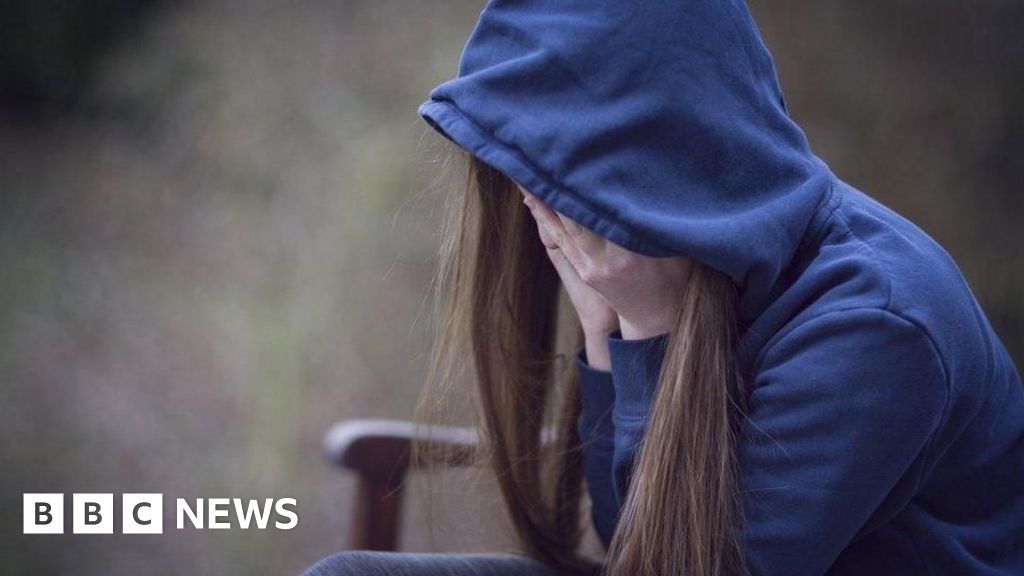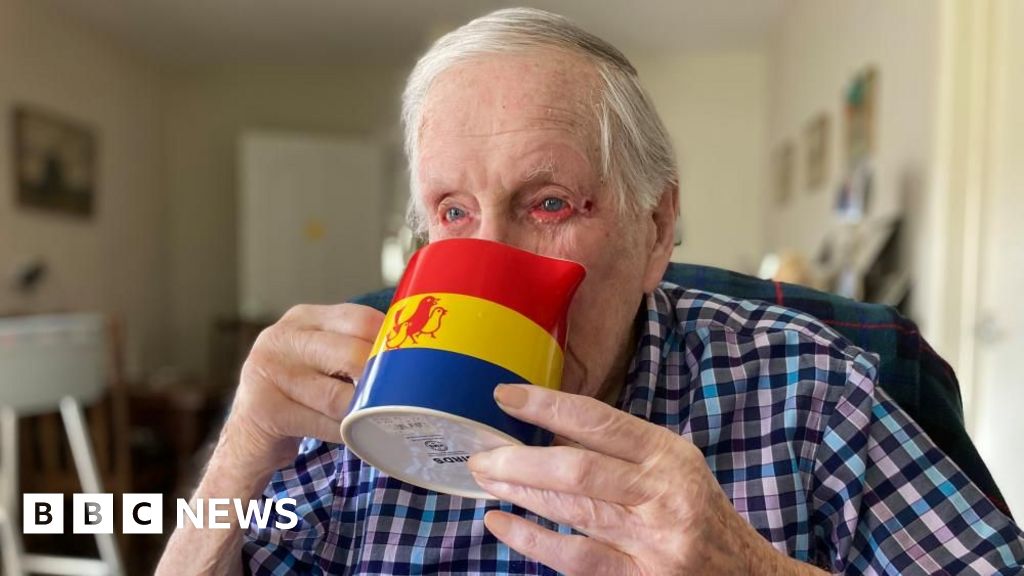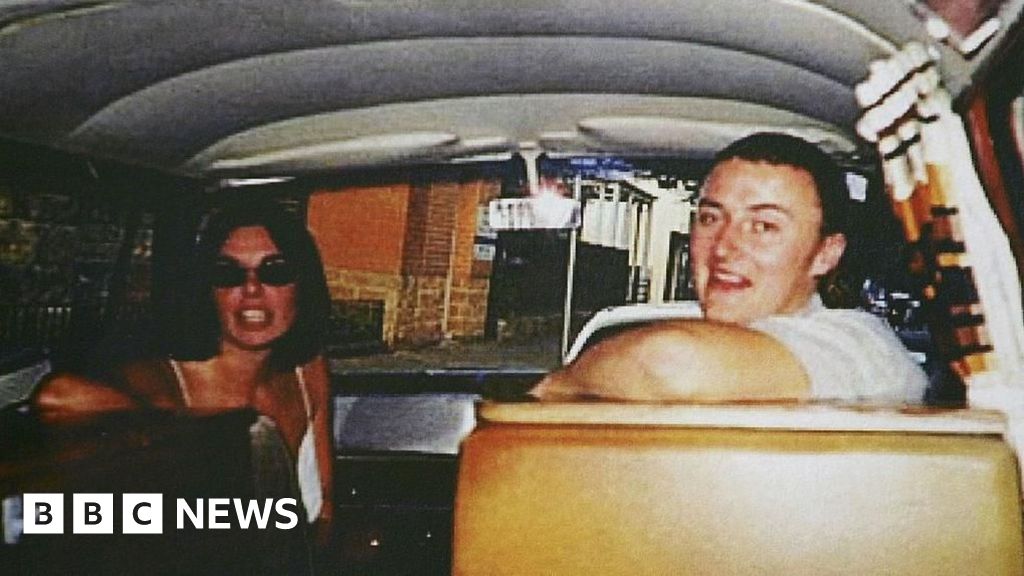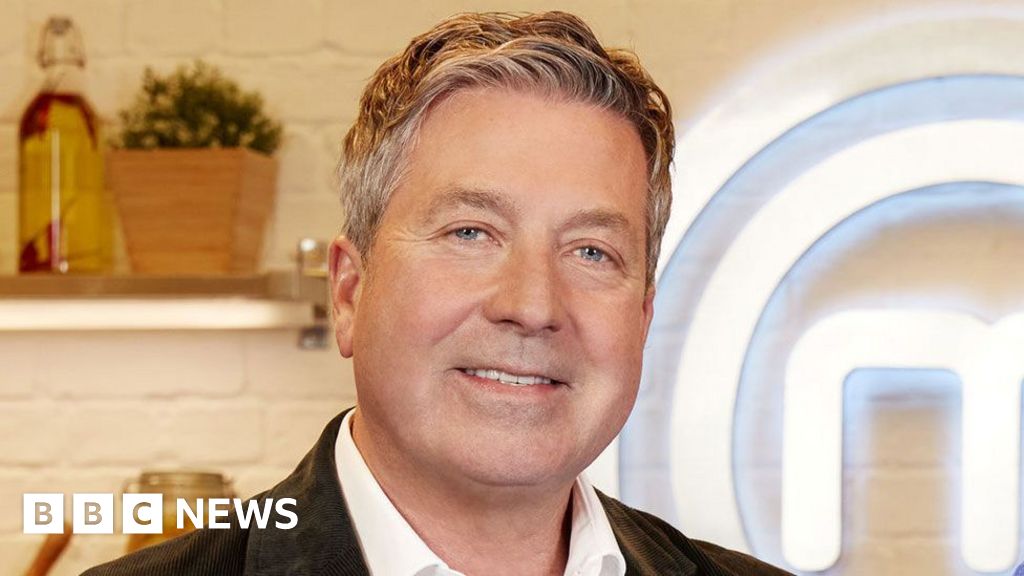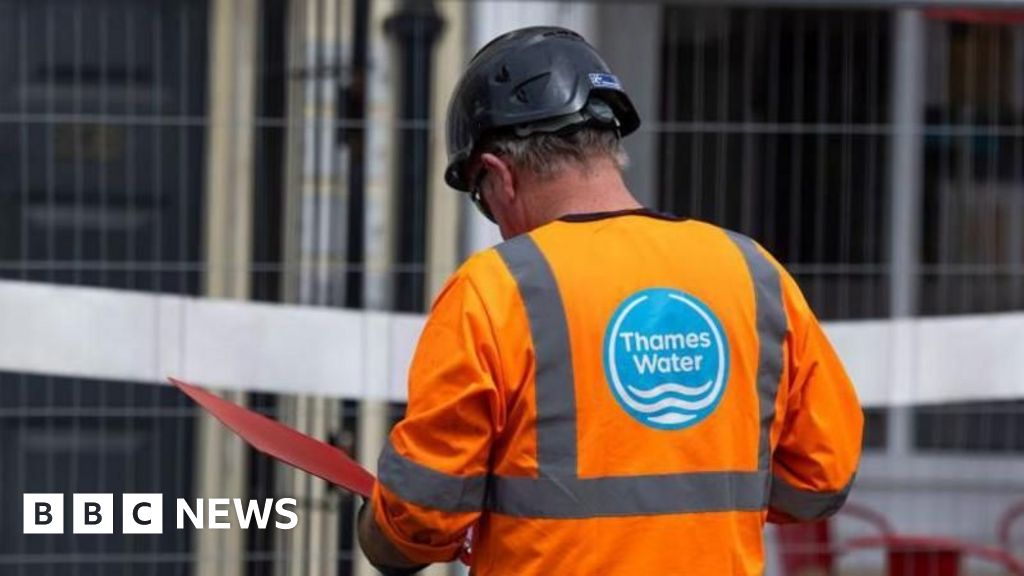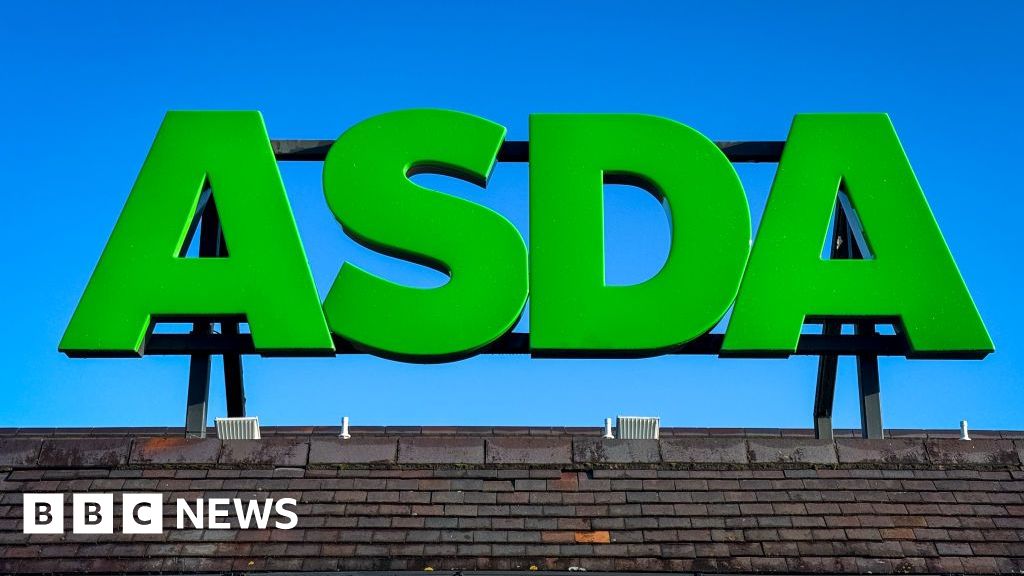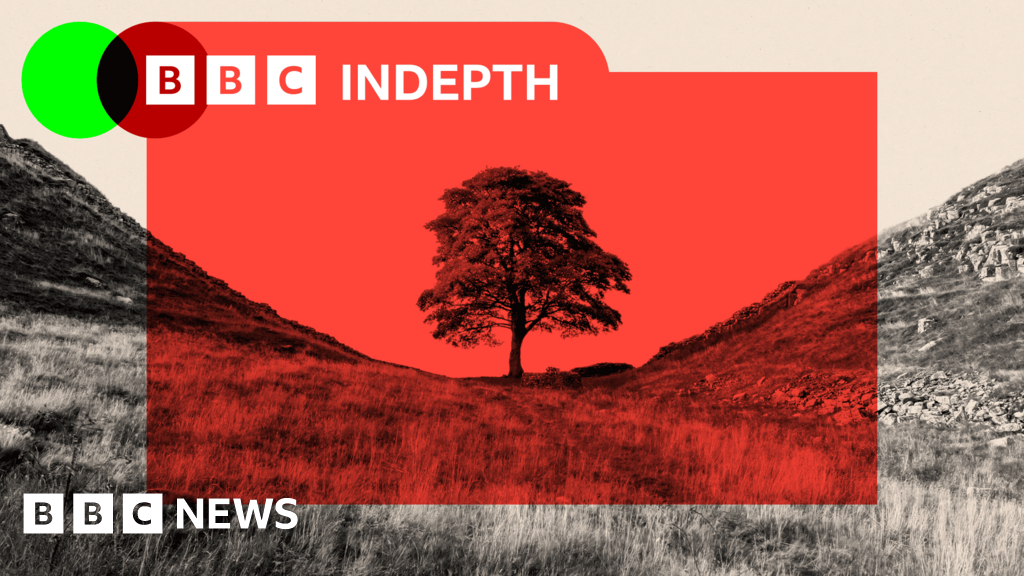Auto Amazon Links: No products found. Blocked by captcha.
A state-backed renewable energy developer in Wales has disclosed the locations for its upcoming wind farm projects, pledging the creation of numerous job opportunities. Three sites have been identified, with the capacity to produce sufficient clean electricity to power approximately 25% of Welsh households. Established by the Welsh government, Trydan Gwyrdd Cymru aims to accelerate the implementation of renewable energy projects on public lands while ensuring that profits remain within Wales.
The Campaign for the Protection of Rural Wales (CPRW) has raised concerns about the necessity of so many onshore wind farms in Wales when there is ample potential for projects to be constructed at sea. Trydan Gwyrdd Cymru, which translates to Green Electricity Wales, was inaugurated in 2024 with the objective of developing 1 GW of new renewable energy schemes on government-owned land by 2040. The government drew inspiration from state-backed companies like Sweden’s Vattenfall, the owner of Pen-y-Cymoedd, the largest onshore windfarm in Wales.
The company has unveiled its initial three proposed wind farms in north, south, and west Wales. These include Clocaenog Dau with 67 turbines near Llyn Brenig, Glyn Cothi with 27 turbines near Brechfa, and Carreg Wen with 18 turbines between Aberdare and Maerdy. If these projects navigate the planning process and secure grid connections, they will have the capacity to power 350,000 homes on average. The construction cost is estimated at £500m, offering around 650 construction jobs and a commitment to 40 direct and 55 indirect positions throughout the 35-year operational span.
Ministers have emphasized that these initiatives will assist in meeting the escalating demand for clean energy in Wales, which is expected to nearly triple by 2050 due to the transition to low-carbon technologies. With a target for Wales to generate 70% of its electricity from renewables by 2030 and reach 100% by 2035, these projects are a crucial step towards achieving these sustainability goals
Read the full article from The BBC here: Read More
Auto Amazon Links: No products found. Blocked by captcha.

